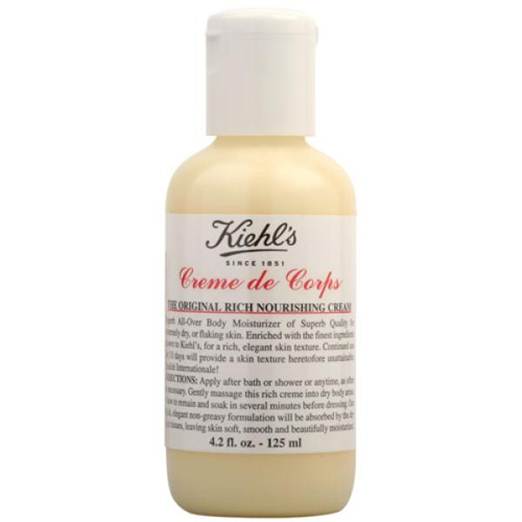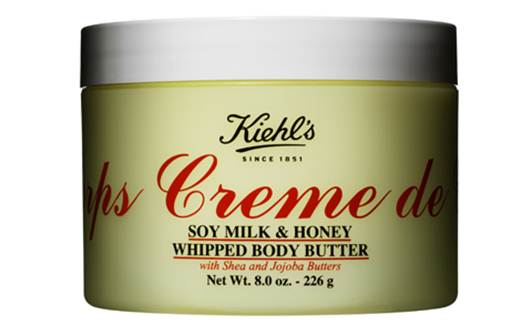Born rich
Bow down, newcomers. This iconic body
moisturizer has been a cult favourite since the ‘70s – and it’s not going
anywhere.
Step one to becoming an icon? Don’t be
modest. Despite Keihl’s Crème de Corps’ unassuming packaging, its label lets
you know that this is no ordinary body lotion. Promising “a skin texture
heretofore unattainable” after 10 days if use. It touts itself as being of
“superb quality” and full of “the finest ingredients”. Boastful? Sure, but it’s
been the brand’s number-one-selling body product for decades, so it’s earned
the right to act a tad grande dame-ish.

Kiehl’s
Crème de Corps ($24 for 125mL)
“Crème de Corps was a phenomenon when it
launched in the early 1970s”, says Cheryl Vitali, global vice-president for the
New York-based apothecary brand. “It was unusual at the time because it was so
extravagant and indulgent. People immediately fell in love with the texture”.
Unscented and butter yellow in colour (thanks to the antioxidant beta
carotene), it was and still is – a creamy, emollient lotion that delivers
immediate, long-lasting hydration due to a high concentration of Squalene, Shea
butter and cocoa butter. So, does high performance create iconic status?

Kiehl's Creme de Corps Soy Milk & Honey Whipped Body Butter
Not necessarily. In the notoriously fickle
beauty business – where products come and go as quicly as starlets cycle
through rehab – efficacy alone doesn’t guarantee enduring popularity; there’s
an emotional factor at play. “Skin-care products touch people at a deeper
level”, says Alan Middleton, professor of marketing at York University’s
Schulich School of Business. “Trust is at the heart of all successful brands”.
This trust might explain how Crème de Corps earned its cult status. In its 161
years in business, Kiehl’s has never done any advertising; instead, buzz grew
via word-of-mouth and unpaid endorsements from beauty editors, models and
celebrity fans (among them Kate Moss, Sarah Jessica Parker and Beyoncé).
“There’s no question that when people see someone they admire using a product,
they’ll run in to try it”, says Vitali. Of course, that’s not as easy as just
popping into the drugstore, which leads to the last link in the “mystical
status” chain. Sold at prestigious Kiehl’s boutiques, a handful of department
stores and only recently online, the products have a limited availability that
adds to their cachet. “When a product is hard to find, it builds an air of
mystery”, says Middleton. “It makes customers feel like they know a secret that
other people don’t”.
“When a product is hard to find, it
builds an air of mystery”